Giants Causeway Facts
- Remarkably, the attention-grabbing term Giants Causeway names one of the most remarkable geological features anywhere on earth. Due to its truly incredible nature, and not at all surprisingly, the site quickly drew the interest of UNESCO.
- Due to that attention and recognition, the organization rapidly declared this breathtaking creation of natural forces a World Heritage Site in 1986. The site fully earns that distinction, given the fact that it’s a unique and incredible geological feature.
- That’s because the formation consists of a stunning conglomeration of roughly 40,000 interlocking basalt columns. These very surprising features actually occurred naturally. In fact, they formed due to the actions of an ancient volcanic eruption.
- Impressively, the geological wonders of Giants Causeway don’t end there. The upper portions of the numerous columns exhibit yet another amazing trait. That holds true due to the fact that they coincidentally form a natural stepping stone pattern.
- Almost as if Nature planned it that way, these lead from the base of a cliff. They extend outward from there, only to vanish under the sea. There, the astounding creation of natural processes extends for a short distance before coming to an end.
Related Articles
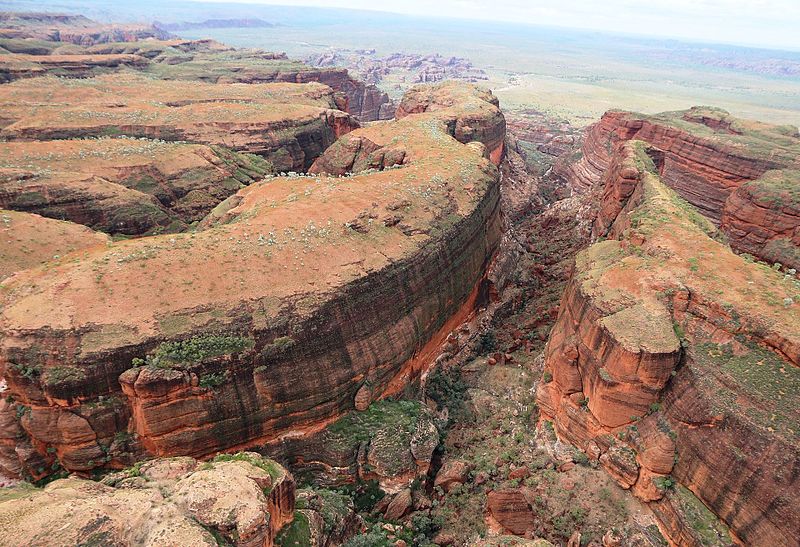

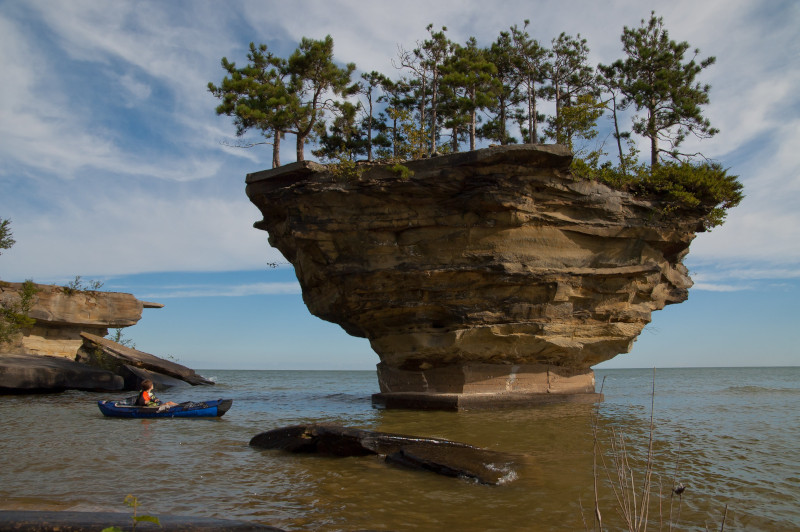
Giants Causeway Physical Description
The amazing Giants Causeway instantly captures the imagination of those fortunate enough to visit the site. Unlike many natural features around the globe, however, it does so for several reasons. It’s not only highly distinctive, it’s also beautiful, almost magical.
That occurs due to the combination of many factors. Perhaps most notable of all is the mathematical nature of the wonder of Nature. That’s true given the fact that the majority of the columns comprising the site have a astounding hexagonal shape.
Some of the fabulous natural columns possess four, five, seven, or, for a few, even eight sides, though. The various columns also range in total height, thereby creating a latticed pattern. This characteristic only serves to add to the distinctiveness of the formation.
Despite the sense of wonder they create, the tallest of the numerous columns only measures roughly an astounding 39 ft (12 m) in height. Yet, as mesmerizing as the columns themselves remain, they do not represent the only impressive feature of the awesome site.
That’s due to the nature of the solidified lava flow found within the nearby cliffs. It was from this that the remarkable Giants Causeway formed long ago. This concentration of volcanic rock itself measures nearly an astounding 92 ft (28 m) thick in some locations.
Giants Causeway Location, Formation, and Geology
The stunning Giants Causeway formed in a region of the globe well known for its abundance of geological wonders. Given that fact, its precise location probably will be no surprise to most people. It sits just off the mainland of the gorgeous continent of Europe.
More precisely, the visually intriguing formation lies situated on the northeastern coast of the country of Northern Ireland. As a result of its utterly unique combination of factors, Ireland subsequently declared the site a National Nature Reserve, in 1987.
The unique geology of the tantalizing site originally formed during what’s known as the Paleogene Period. This action occurred between roughly 50-60 million years ago. In this distant time, the region routinely experienced rather intense volcanic activity.
Due to great pressure, molten lava protruded through extensive chalk beds. This then formed a large plateau of lava. As it cooled, contraction occurred. Similar to what occurs in drying mud, the contraction occurred in both a horizontal and a vertical manner.
This slow but inexorable natural process subsequently created countless fractures, creating the pillars now comprising Giants Causeway. Interestingly, the size of the individual columns strongly depended on the speed at which the lava in that particular spot cooled.
The process continued for some time. Subsequent erosion then formed numerous unique structures. Some of these also possess names based on their supposed resemblance to other objects, with two notables being the Giants Boot and the Chimney Stacks.
Features Sharing Its Region


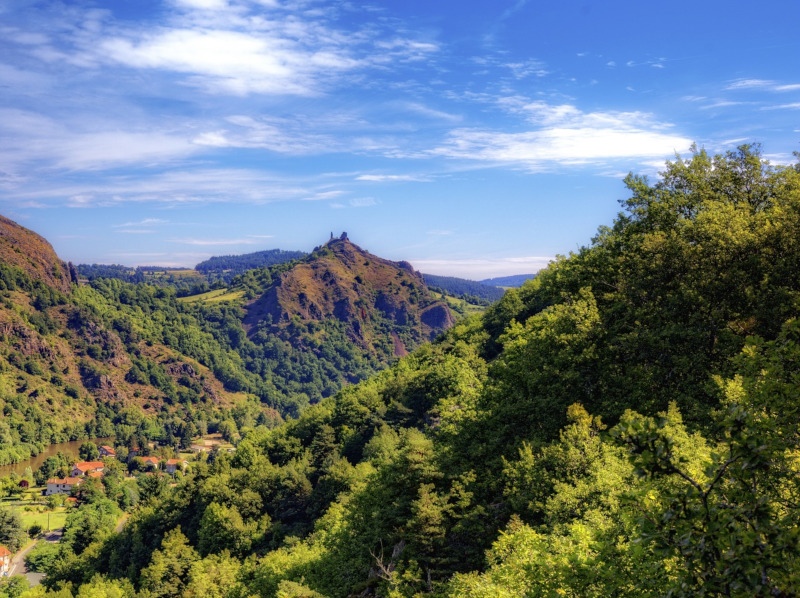
Check out our other articles on 7 Awe-Inspiring Ocean Crustaceans, Red Crested Tree Rat, Mount Roraima, Amazon Lily, Wood Frog, Western Pygmy Blue, Tawny Frogmouth, Hermann’s Tortoise
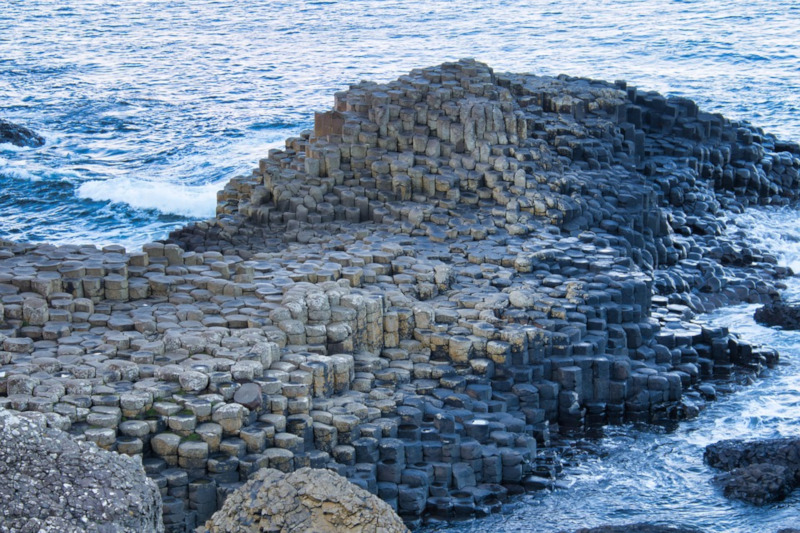
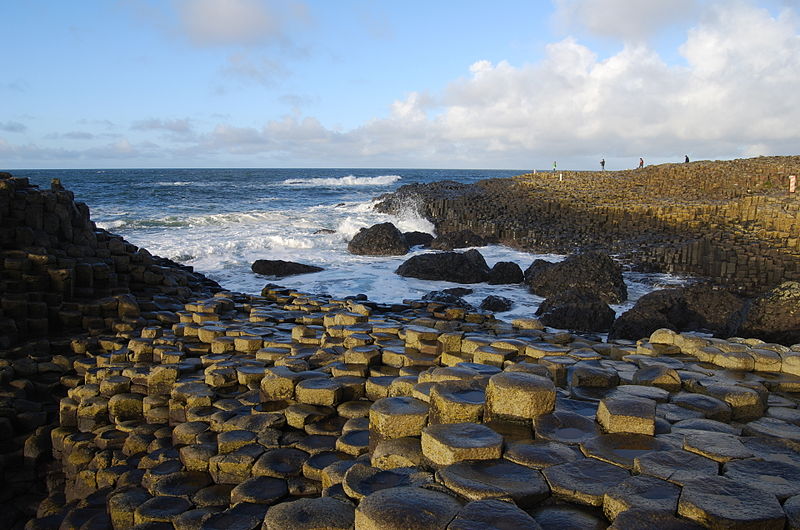
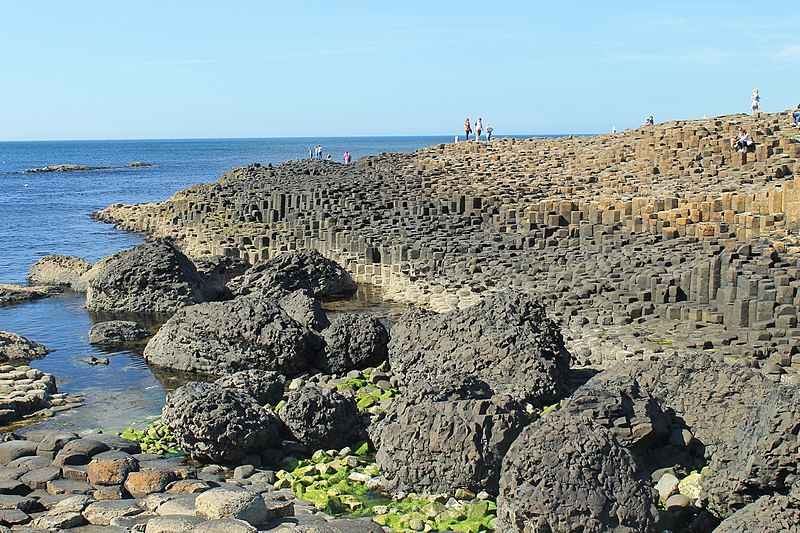









Leave a Reply